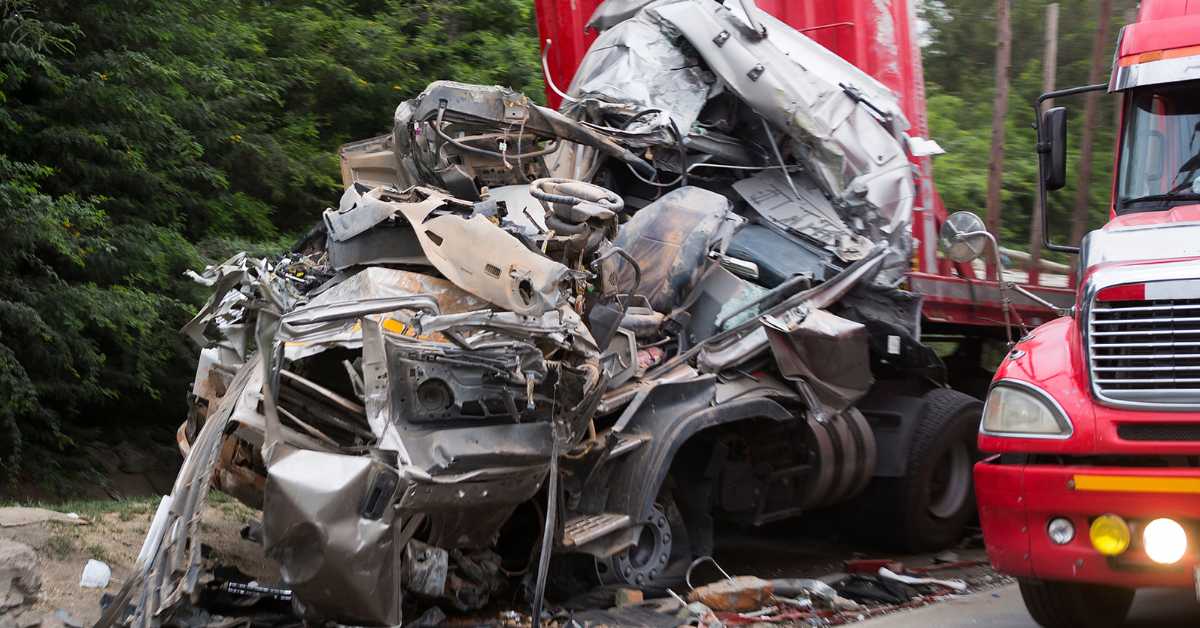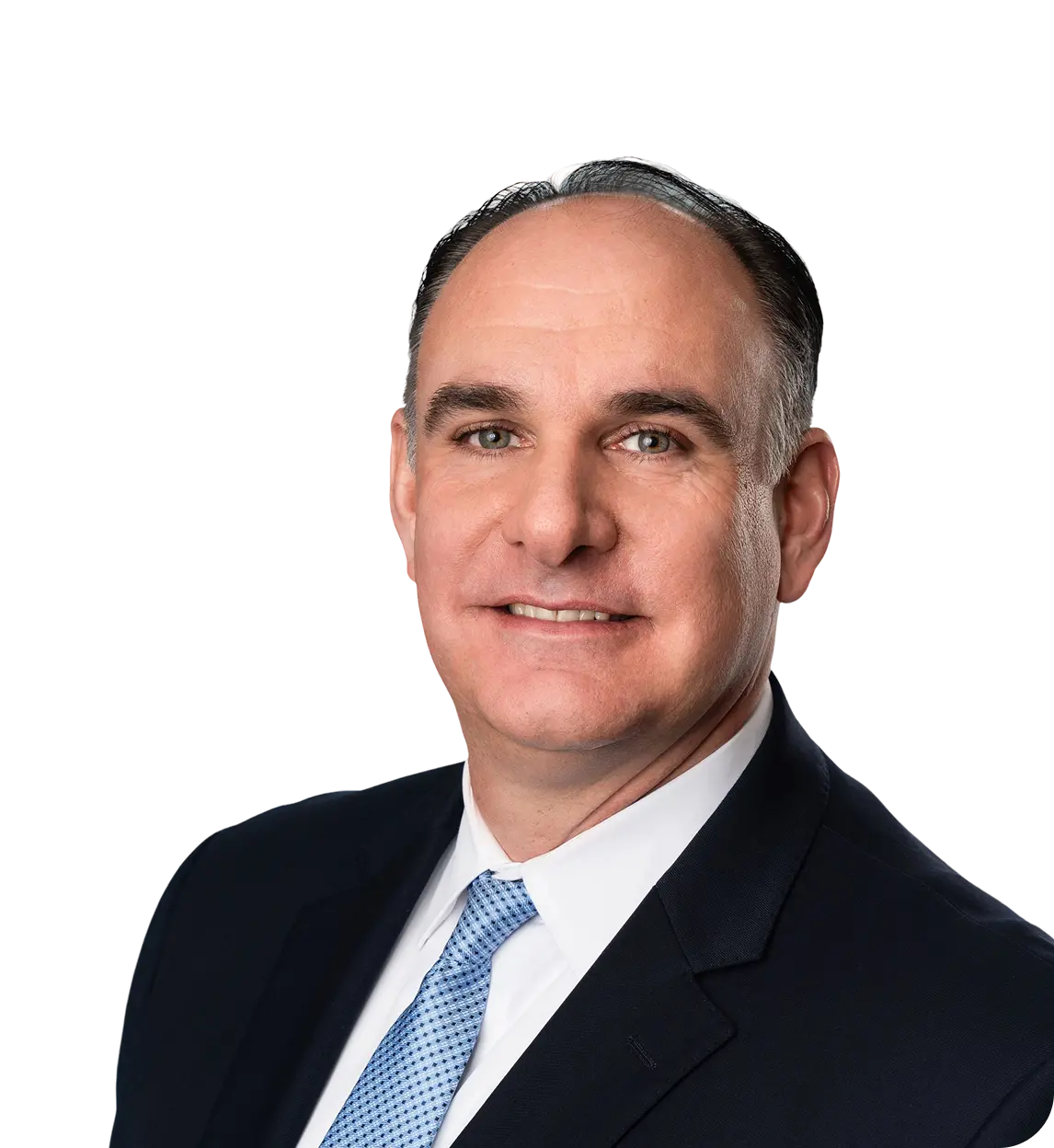

There’s a reason that drivers of big rigs need a special driver’s license. Operating these large trucks is not easy, and it takes another level of skill to avoid accidents.
No matter how careful a truck driver is, however, accidents can still happen, especially if another vehicle is driving in a truck’s no-zone area.
What Are Truck No-Zone Areas?
Every vehicle on the road has blind spots, and big rigs have larger blind spots than passenger vehicles.
A truck’s blind spots are referred to as a no-zone area, and it signifies the areas that you should avoid driving in to prevent a truck from colliding with you because they can’t see you.
According to the Federal Highway Administration, there are four no-zone areas:
- Rear of the truck
- Left side of the truck
- Right side of the truck
- Front of the truck
As you can see from this list, there are no-zone areas around every part of the truck. Due to the size of big rigs, truck drivers are unable to see around their entire vehicle.
If you’ve been behind a commercial truck, you might have seen warning signs indicating that if you can’t see their rearview mirror, then the driver can’t see you. This sign is basically warning you that you’re in one of the truck’s blind spots.

Tips to Avoid Driving in the No-Zone Area
Given that one-third of all crashes between trucks and passenger vehicles occur in no-zone areas, it’s worth knowing some key tips to avoid these accidents.
- Do not follow large trucks too closely
- Avoid braking suddenly when a truck is behind you
- Use caution when you pass a truck, especially on the right side (trucks take wide turns)
- Drive carefully in wet conditions and on days with poor visibility
- Make sure you can see the truck driver’s side mirrors when driving next to them on the freeway
The Role of a Personal Injury Attorney in a No-Zone Accident
Trucking accidents can be much more complicated than the average passenger vehicle accident. Though any collision can have catastrophic injuries, trucking accidents are more likely to lead to injuries because of the size of the truck and the fact that many cars can slide underneath the bottom of the truck, causing unimaginable damage.
In addition to the potential for more severe injuries, there could be multiple parties responsible for your injuries.
In a typical car accident, the other driver’s insurance company writes you a settlement check. However, identifying the party to pursue financial compensation may require additional steps. For example, is the truck driver an employee of a trucking company? If so, then the trucking company, not the driver, is most likely liable for paying damages.
What if the truck driver is an independent contractor? Here, the trucking company may argue that they are not responsible, but there could be exceptions and additional liable parties, especially if the truck was poorly maintained, had a defective part, or the cargo was loaded improperly.
As you can see, these cases can get complicated. Personal injury law firms help you understand all of these moving parts and develop a strategy to move forward in filing a claim. If the trucking company or another liable party refuses to accept responsibility, then your attorney may file a lawsuit, which requires representing you in court.
Contact the Law Offices of James A. Welcome Today for a Consultation
We understand how painful and traumatic truck accidents can be, and our attorneys have a successful track record recovering compensation for our clients. Call us at (203) 753-7300 or contact us online to discuss a plan to recover compensation.











